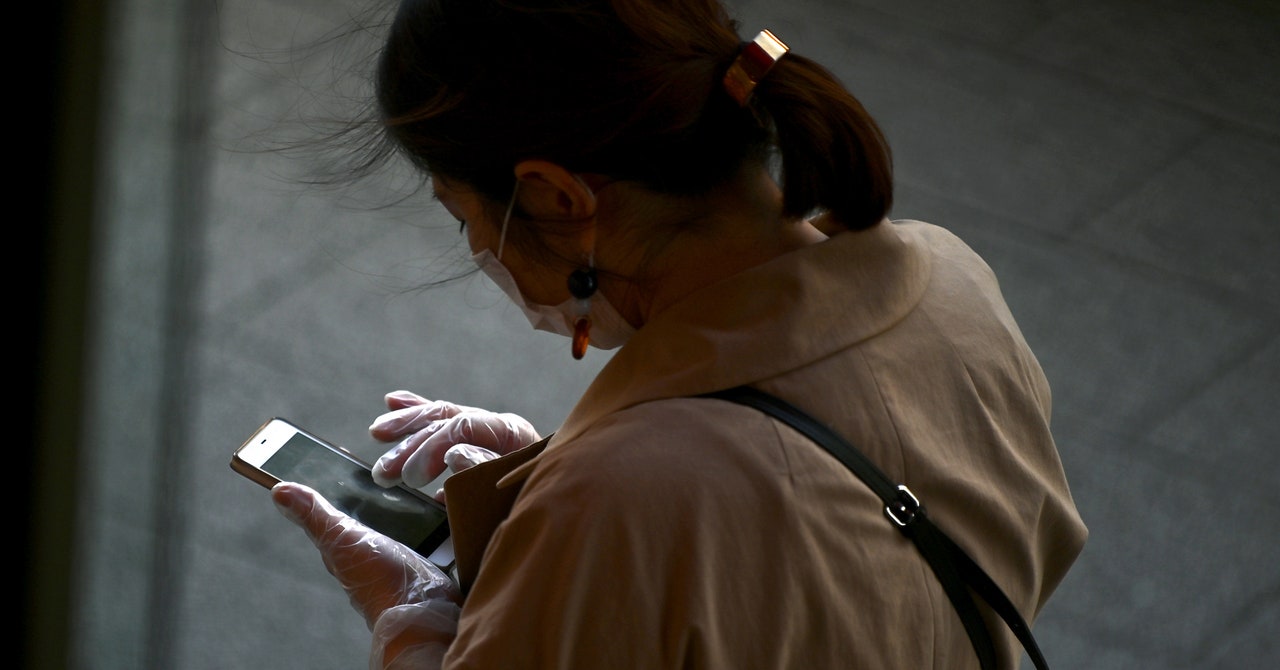Apple’s Face ID method for authenticating on recent iPhones offers a number of security benefits, and it’s a neat trick to boot. But in a pandemic-stricken world where many people either opt to or are even required to wear protective masks, users have discovered that Face ID doesn’t usually work when they need it to. Those masks interfere with the iPhone’s ability to read your face, and at the moment, there’s no easy solution.
ARS TECHNICA
This story originally appeared on Ars Technica, a trusted source for technology news, tech policy analysis, reviews, and more. Ars is owned by WIRED’s parent company, Condé Nast.
That might change with the next release of iOS. This week, Apple released the third beta of iOS 13.5, the next major feature release for its mobile operating system. Among other things, the beta introduces new Face ID behavior when users are wearing protective masks. Apple hasn’t come up with some magical way to make the phone read your face through the mask, of course. Rather, the update fast-tracks you to passcode entry.
Right now, raising the iPhone to use it results in a quick scan with the front-facing TrueDepth sensor array to allow you to access your files, message

